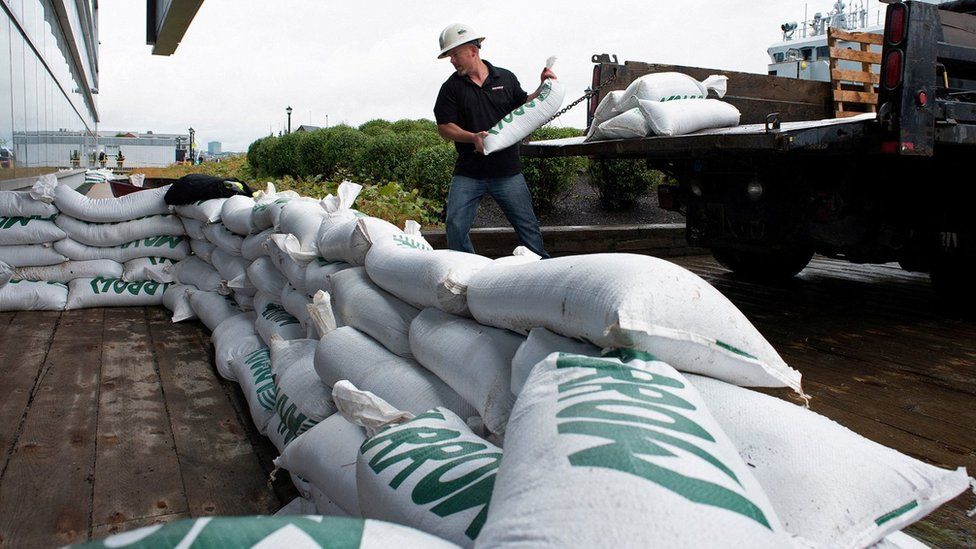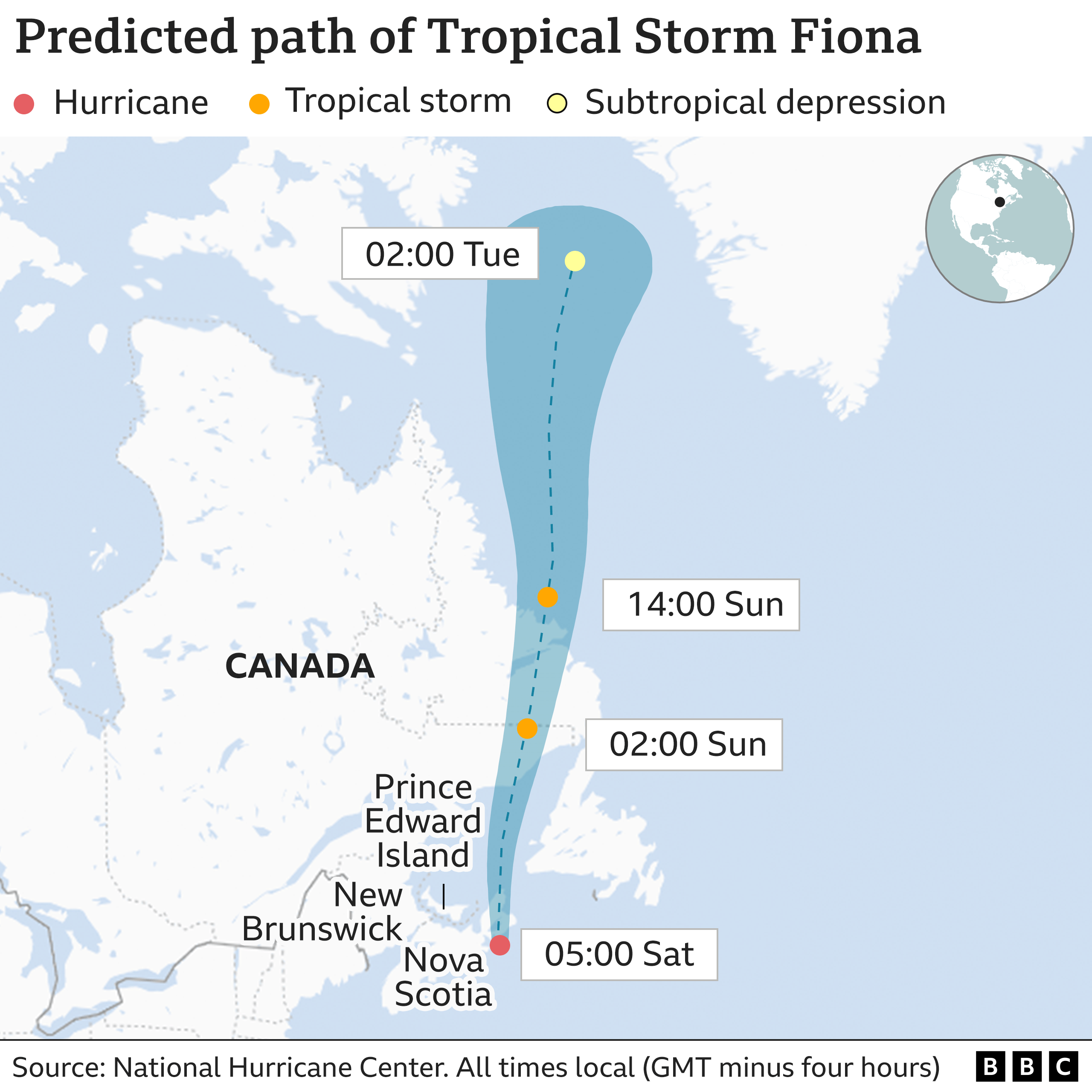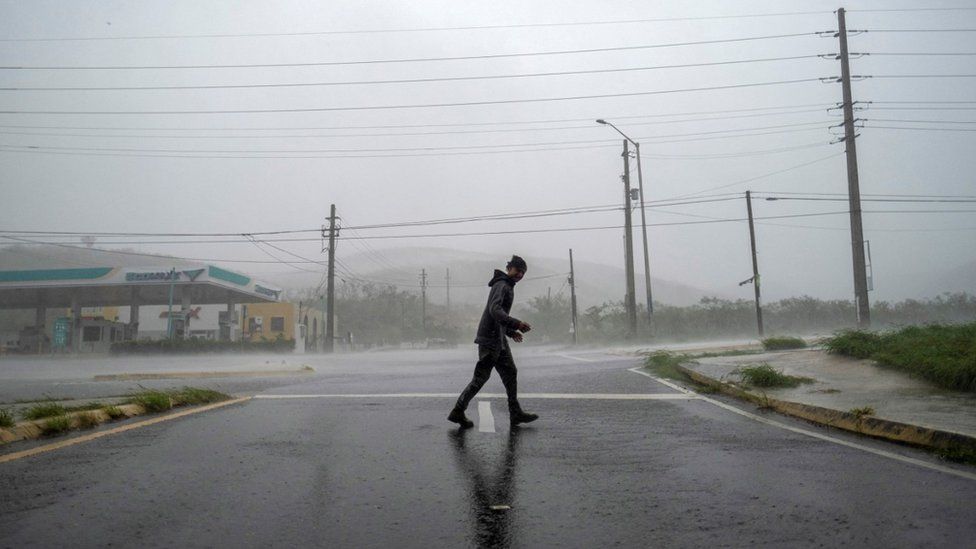Verity Bowman
September 25 2022 02:30 AM
One of the British prisoners of war released by Russia has described his brutal ordeal at the hands of Russian forces, where soldiers jumped on his body and broke most of his ribs, leaving him so injured that there was blood in his urine.
After returning to the UK on Thursday following a prisoner swap, John Harding said he wished he had been killed rather than tortured by Russian-backed militants.
“If I’d known how we’d be treated before we surrendered, I would’ve stayed and set up a sniper’s nest and just tried to take a few of them out before I got killed,” he told The Sun.
Harding was captured in May when his unit was forced to surrender after defending the besieged city of Mariupol.
He ended up being held in three different jails across the self-proclaimed separatist Donetsk People’s Republic, including one known as ‘The Dark Side’..
Harding was also put on trial and threatened with the death penalty.
He was eventually set free late on Wednesday alongside fellow Britons Shaun Pinner, Aiden Aslin, Dylan Healy and Andrew Hill in a deal reportedly negotiated in part by Roman Abramovich, the former owner of Chelsea Football Club.
Harding, Pinner and Aslin are all thought to have served in the Georgian Legion, a pro-Ukrainian volunteer unit, under Mamuka Mamulashvili in Mariupol.
Harding said the worst of his ordeal in captivity saw Russian soldiers put a bag over his head and cuff his hands behind his back. They then jumped on him, punched him and kicked him for over half an hour, breaking most of his ribs and leaving him passing blood when urinating.
“I thought, ‘I just wish they’d f**king kill me now,” Harding said. “That was the worst moment — the way they treated us was appalling.”
To get through it, he pretended to himself that he had been through worse. “In my head I just told myself: ‘I’ve been hit harder by my sister,’” he said.
He had been fighting in eastern Ukraine’s Donbas region since 2018 after making Ukraine his home.
In the lead-up to his release, a bag was tied over his head and tape wrapped around his hands before he was packed into the back of a truck.
The group of prisoners then drove for around eight hours as they collected around 30 others, later loaded into another truck for a further 12 hours without a toilet break.
After arriving at a Russian airport they were then met by Saudi officials as part of the biggest prisoner transfer in the war to date.
A total of ten foreigners were released in the deal brokered by Saudi Arabia, including the five Britons, two US military veterans and a Moroccan, Swede and Croat.
A further 200 prisoners from Mariupol and the Azovstal Steel Plant were exchanged directly, while Vladimir Putin ally and oligarch Victor Medvedchuk and 55 Russian prisoners were returned.
Harding said that Roman Abramovich welcomed them onto their flight out of Russia.
According to Harding, Abramovich identified himself to Pinner, while Harding spoke to Abramovich’s assistant who said the Russian had played a “key part” in their release.
Abramovich announced he would sell Chelsea on March 2, following Russia’s invasion of Ukraine.
The 55-year-old was then sanctioned by the UK government on March 10, with Downing Street claiming to have proven his links to Vladimir Putin.
“Shaun was chatting away to him about football for a long time and I was speaking to his assistant,” Harding said.
“She said Roman had played a key part in getting us back. It’s quite extraordinary to think he was involved - and I wouldn’t have even been able to tell you who he was by looking at him.
“He’s well respected by Ukrainians and massively by us now, too — he’s done a hell of a lot for us and we couldn’t thank him enough.”







